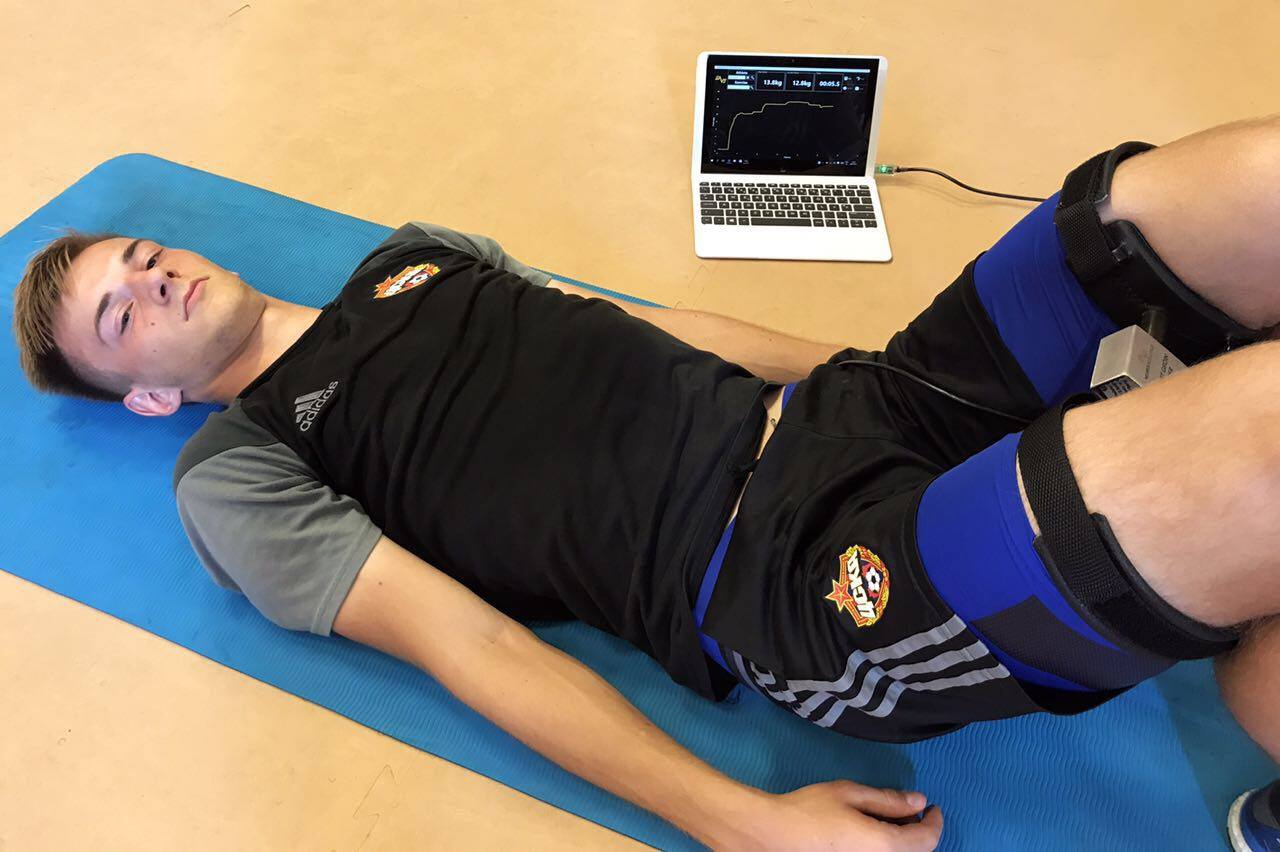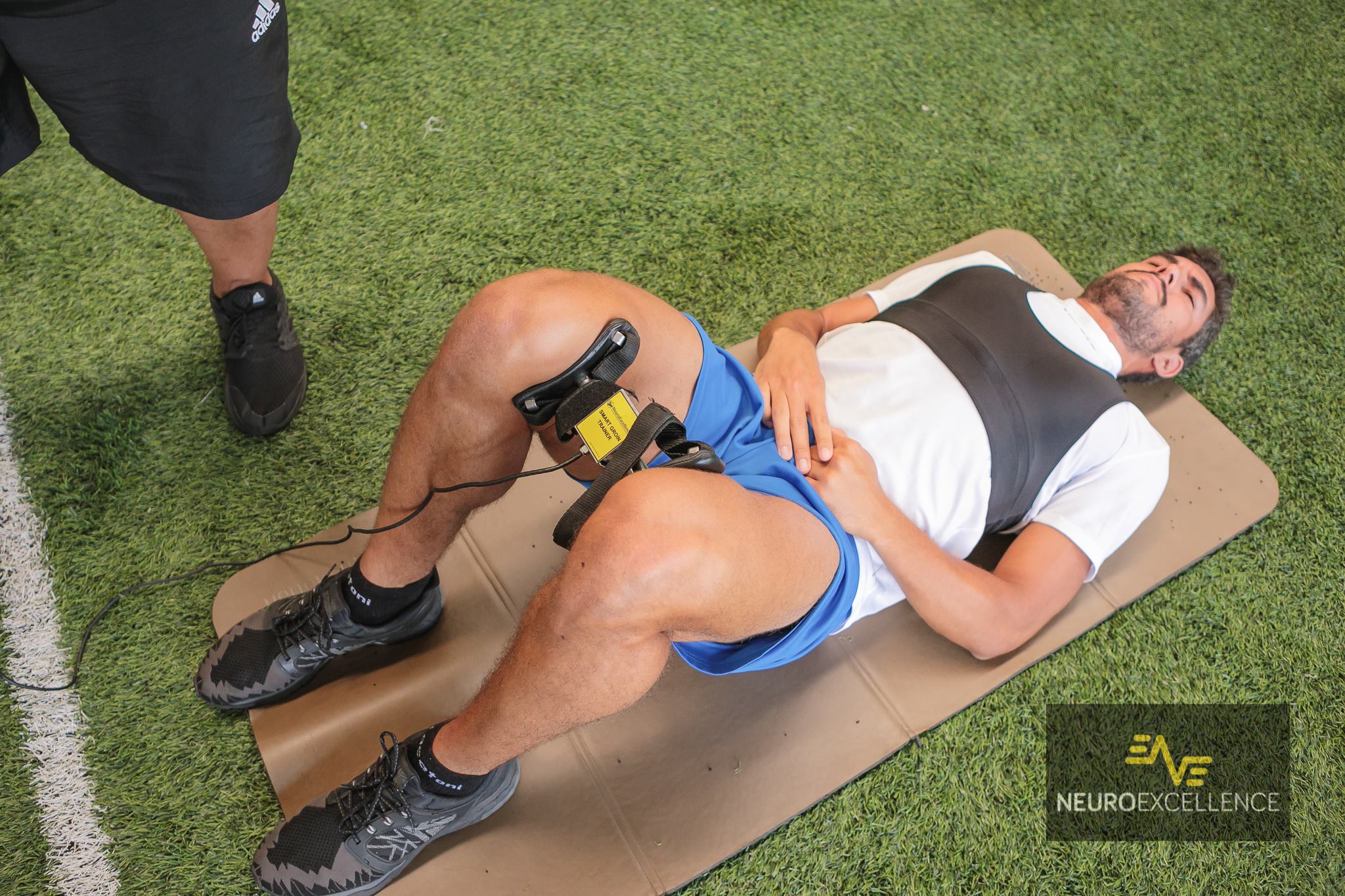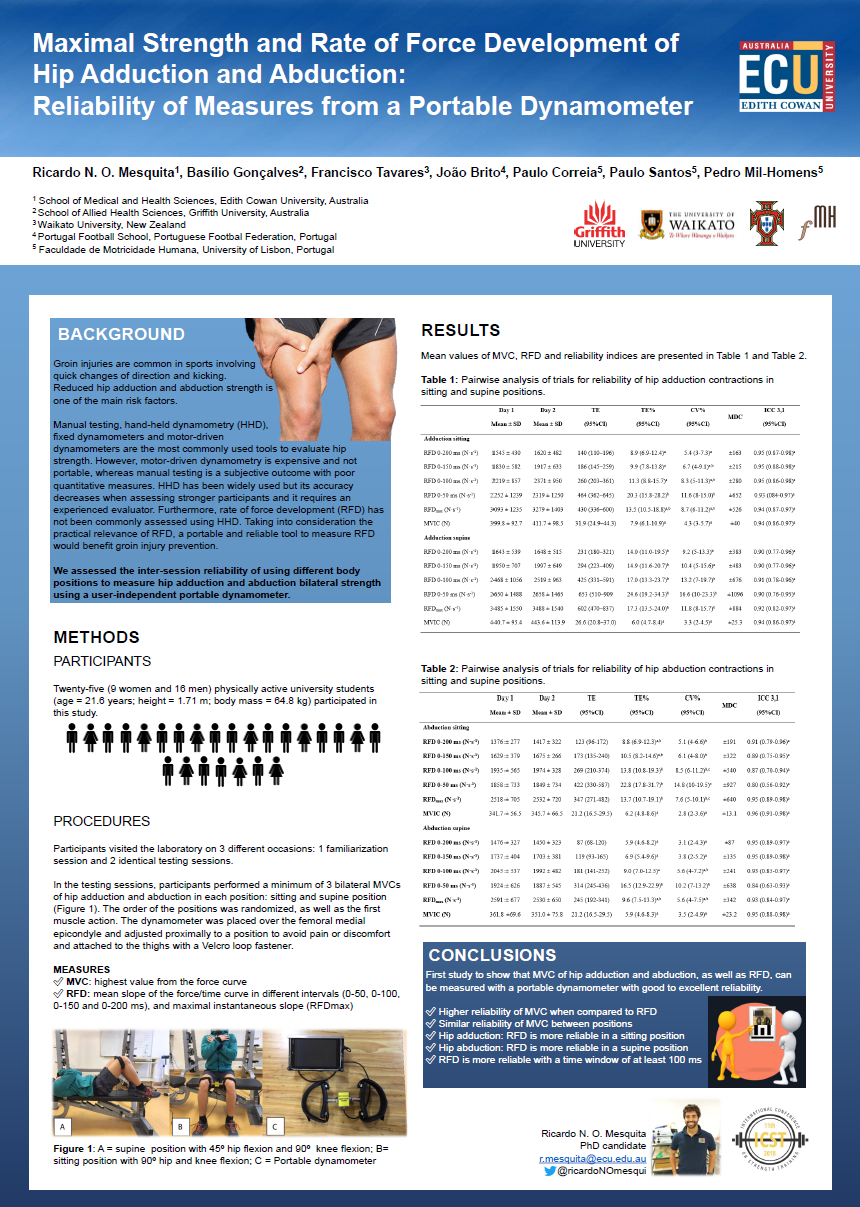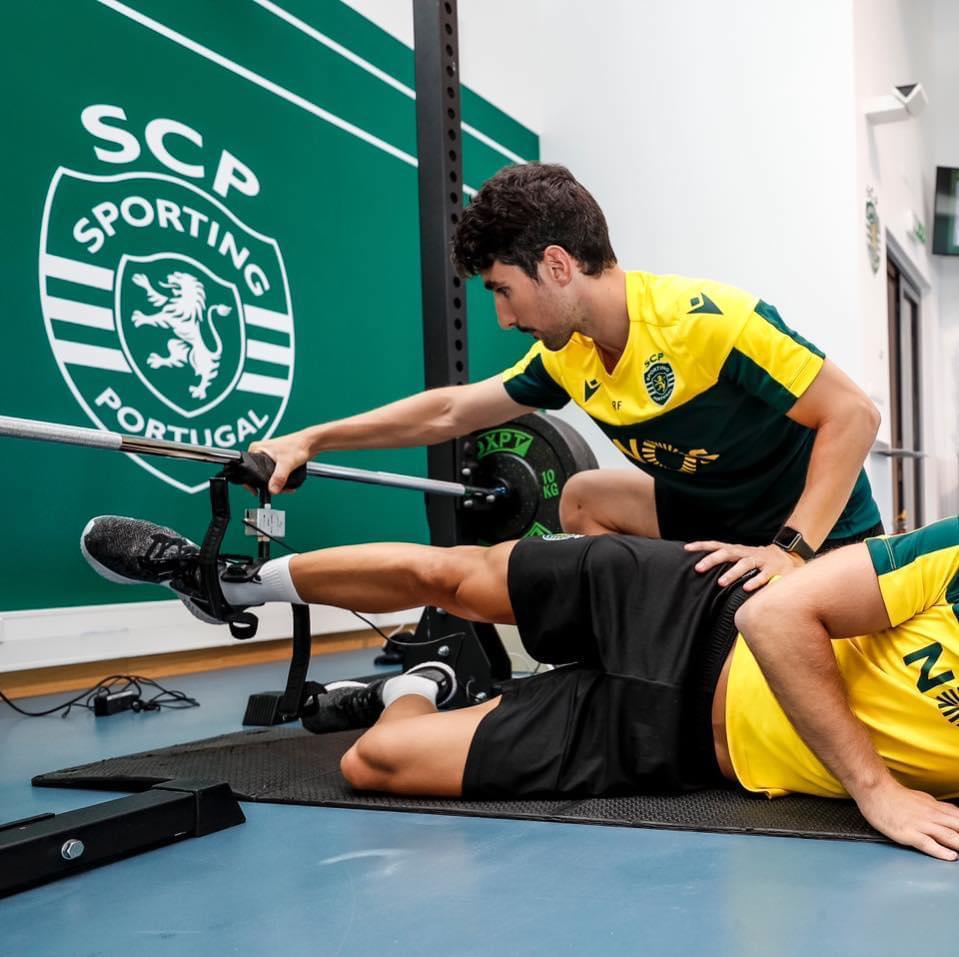Flywheel Training
vs
Free weights
Objectives:
The purpose of this meta-analysis was to examine the effect of flywheel (FW) resistance training with Eccentric Overload (FW-EOT) on muscle size and functional capacities (i.e. strength and power) in athletes and healthy subjects, and to compare FW-induced adaptations with those triggered by traditional resistance exercise interventions.
Conlusions:
This meta-analysis provides evidence supporting the superiority of FW-EOT, compared with traditional weight-stack exercise, to promote skeletal muscle adaptations in terms of strength, power and size in healthy subjects and athletes.
Our motivation
Since the company foundation it has been the top priority to closely assess new scientific studies and follow state of the art trends in all sports and medical areas.
With that knowledge we’ve been able to steadily develop newer and better equipment suited to the client’s needs.
We count with a multidisciplinary team that merges many academic fields, such as:
Biomedical Research
It has been key to enhance understanding of human body function in health and disease, developing products with a user first perspective.
Sports Research
We bind together the expertise from professionals who have worked at the highest levels around the world,
Tech Development
In house software development team working in close relation with the research teams, enabling continous delivery of better and better softwares.
Patellar tendon adaptation in relation to load-intensity and contraction type
Background:
Loading leads to tendon adaptation but the influence of load-intensity and contraction type is unclear. Clinicians need to be aware of the type and intensity of loading required for tendon adaptation when prescribing exercise. The aim of this study was to investigate the influence of contraction type and load-intensity on patellar tendon mechanical properties.
Conclusion:
Load at different intensity levels and contraction types increased patellar tendon modulus whereas muscle strength seems to respond more to load-intensity. High load eccentric was, however, the only group to have significantly greater increase in force, stiffness and modulus (at the highest torque levels) compared with the control group. The effects and clinical applicability of high load interventions needs to be investigated further.

Chronic stroke patients show early and robust improvements in muscle and functional performance in response to eccentric-overload flywheel resistance training: a pilot study
Background: Resistance exercise comprising eccentric (ECC) muscle actions enhances muscle strength and function to aid stroke patients in conducting daily tasks. The purpose of this study was to assess the efficacy of a novel ECC-overload flywheel resistance exercise paradigm to induce muscle and functional performance adaptations in chronic stroke patients.
Conclusions: This novel, short-term ECC-overload flywheel RE training regime emerges as a valid, safe and viable method to improve muscle function, balance, gait and functional performance in men and women suffering from chronic stroke.
Relationship between hip adductor strength and external load parameters in a football match
A Smart Groin Trainer Study
Introduction: Hip-adductor is a key factor to determine the risk of groin injuries with implications in a player’s performance.
Regular monitoring and screening are paramount to predict possible groin injuries and help coaches to improve periodization of training sessions.
The purpose of this study was to evaluate the relationship between the external load of a match and hip adductor strength pre and post-match.
Discussion: The levels of adductor strength before and after the match revelead a linear relation with the capability to recover 48h after the match.
The high intensity distance revelead linear relation with the changes on the strength from the beginning to the end of the match, particularly on forwards.

Player’s body weight / hip strength ratio as a measure to predict groin injuries in football
A Smart Groin Trainer Study
Introduction: Groin injuries are one of the most common injuries in sports. In football, groin injuries account for 10% to 18% of all injuries. Reduced hip adductor strength has been identified as a risk factor for sub-sequent groin injuries.
Discussion: Values below 60% of body weight/hip strength ratio can be associated to a higher probability of hip adductor and groin injury.
Player’s body weight/hip strength ratio is a low cost and reliable method to evaluate and predict groin and adductor injuries in football players.


Maximal strength and rate of force development of hip Adduction and Abduction: Reliability of measures from a Portable Dynamometer
A Smart Groin Trainer Study

